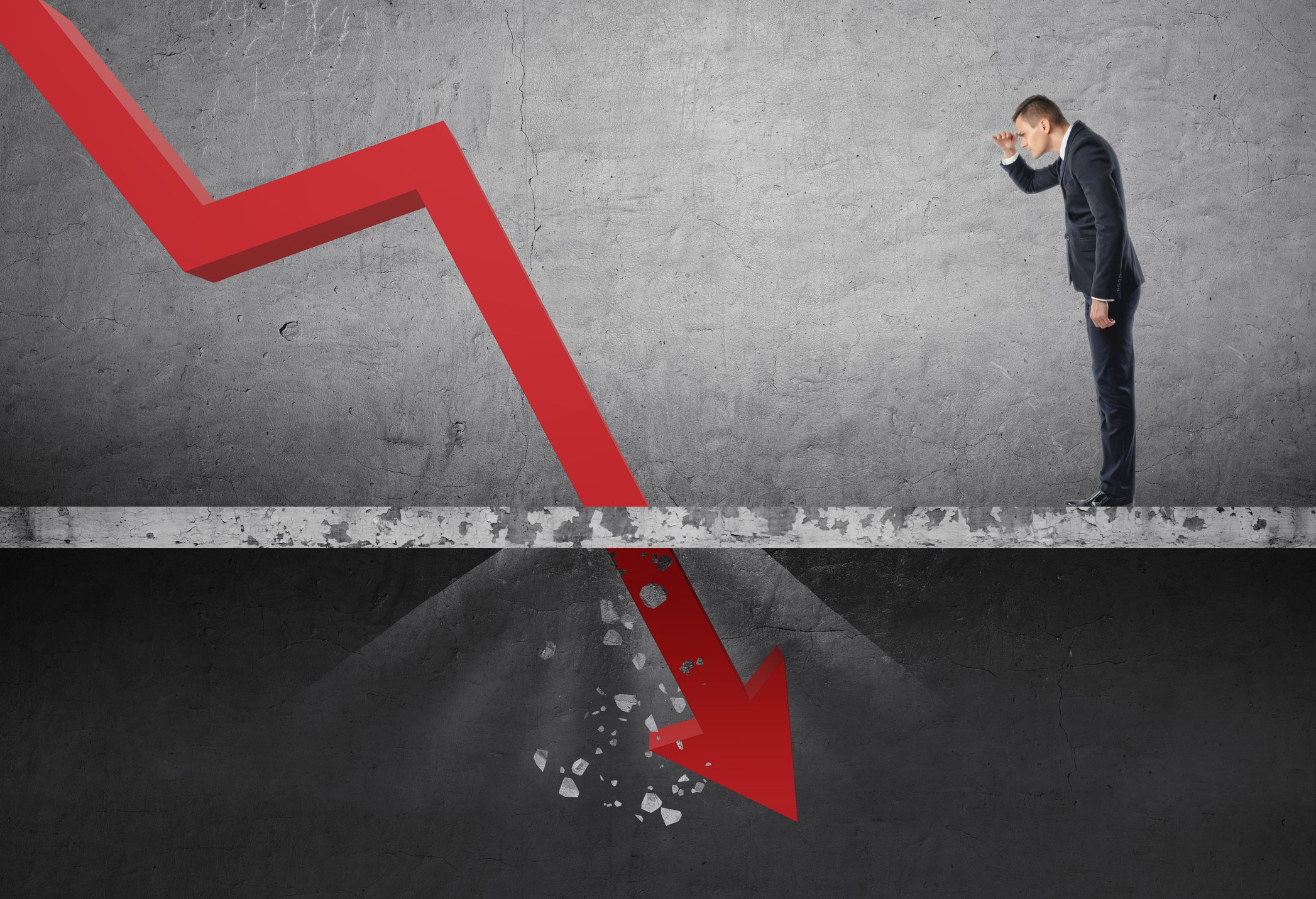2018 was a wild year for Farfetch (FTCH +0.00%). The London-based luxury e-tailer went public last September at $20 per share, rallied above $30, then plunged to the high teens on concerns about softer demand for luxury goods.
However, Farfetch has rebounded over 50% so far this year as it reported strong sales growth, acquired both JD.com's (JD +0.65%) Toplife luxury platform and footwear and streetwear marketplace Stadium Goods, and signed an e-commerce deal with department store chain Harrods. Could those tailwinds lift Farfetch's stock even higher?

uesImage source: Getty Images.
How fast is Farfetch growing?
Farfetch's business-to-consumer marketplace lets customers in 190 countries buy luxury goods from more than 1,000 boutiques and brands in over 50 countries. It provides digital storefronts along with inventory management, logistics, and analytics tools to its merchants.
Most of Farfetch's revenue comes from a 25%-33% commission fee per sale for its boutique customers. It also charges fulfillment fees of about 8%. A smaller percentage of Farfetch's revenue comes from its ownership of Browns, a British luxury-goods boutique that operates two brick-and-mortar stores in London.
Farfetch's growth can be measured with its gross merchandise volume (GMV), or the value of all goods sold across its platforms; its number of active customers (who made at least one purchase over the past 12 months); its number of orders; its average order value (AOV); its adjusted revenue (which excludes its fulfillment fees); and its total revenue. Here's how much those metrics grew in 2018:
|
Metric |
Value (2018) |
Growth (YOY) |
|---|---|---|
|
GMV |
$1.41 billion |
55% |
|
Active consumers |
1.35 million |
45% |
|
Number of orders |
2.91 million |
55% |
|
AOV |
$618.60 |
0% |
|
Adjusted revenue |
$504.6 million |
62% |
|
Total revenue |
$602.4 million |
56% |
Data source: Farfetch Q4 earnings report. YOY = year over year.
The only soft spot is its AOV, which fell 5% annually to $637.30 during the fourth quarter and weighed down its annual average. Farfetch attributed that drop to currency headwinds, lower fulfillment revenue per order (due to a higher mix of domestic orders and cheaper products), price cuts, and higher loyalty incentives. According to an SEC filing, Farfetch's fulfillment revenue comes from "shipping and customs clearing services that we provide to our consumers in relation to fulfilling transactions on our platform..."
However, Farfetch's AOV remains much higher than the worldwide AOV of $114 for e-commerce platforms last year, according to seven different studies compiled by Growcode, since it only sells luxury brands. Its growth in GMV, orders, and active customers all suggest that it still has plenty of room to run. For 2019, the company expects its GMV to rise more than 40% and for its core platform services revenue (which excludes its fulfillment and brick-and-mortar revenue) to rise 43%-47%.

Image source: Getty Images.
How profitable is Farfetch?
Farfetch's top-line growth looks solid, but its losses are widening due to higher marketing, fulfillment, and tech expenses.
|
Metric |
2017 |
2018 |
|---|---|---|
|
Adjusted EBITDA |
($58.1 million) |
($96.0 million) |
|
Adjusted EBITDA margin |
(18.6%) |
(19%) |
|
Net loss |
$112.3 million |
$155.6 million |
Data source: Farfetch Q4 earnings report. EBITDA = earnings before interest, taxes, depreciation, and amortization.
Looking ahead, Farfetch's recent acquisitions could exacerbate the pain. Its takeover of JD's Toplife could be particularly costly, since it's paying JD (one of its top investors) commissions on Toplife sales and additional fees to use its JD Logistics services.
The expansion of its Access loyalty program -- which offers customers access to exclusive events and sales, free shipping, extended return options, a personal stylist and concierge, and other premium perks -- could also dent its earnings growth. As a result, Wall Street expects Farfetch's net loss to widen from $0.59 per share in 2018 to $0.63 per share in 2019. Farfetch didn't provide exact earnings guidance, but it expects its adjusted EBITDA margin to come in between negative 18% and negative 19%.
Meanwhile, many top luxury brands are expanding their direct-to-consumer channels worldwide, which could cut platforms like Farfetch out of the loop. LVMH (LVMUY +0.55%), for example, offers online stores for its top brands in many countries. LVMH also recently launched 24 Sevres, an online version of its high-end department store Le Bon Marche, which offers personal shoppers through video chats, free two-day shipping, and other premium perks.
It might be time to take profits
Farfetch's growth seems impressive at a glance, but its soft AOV numbers and widening losses don't inspire much confidence. First-party DTC channels could lure away Farfetch's shoppers while crippling its ability to charge higher commissions, and the ongoing expansion of its loyalty and fulfillment platforms will drag on the push to profitability.
Those challenges will be tough to overcome, and suggest that Farfetch's stock is a bit pricey at about 10 times Wall Street's sales estimate for 2019. Investors looking for a better comeback play in the e-commerce market (with exposure to Farfetch) should consider buying JD, which still trades at less than half of this year's sales.







